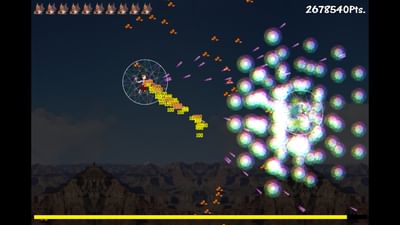

By seeing how long each solution takes to execute, you can choose the program that runs the fastest. Programmers often use stopwatch timers to compare the performance of various Python solutions. You can use a stopwatch to track how long it takes to complete any task, such as coding a simple program. Runners often use stopwatch timers to record how long it takes them to complete a lap around a course or finish an entire run. We can use these to record the amount of time it takes to complete a task. Timers that count up from zero are frequently called stopwatches. There are two basic types of timers: timers that count up and those that count down. Python developers can create timers with the help of Python’s time modules. Understanding Timers in PythonĪ timer in Python is a time-tracking program. We’ll then use these modules to build a stopwatch and a countdown timer, and show you how to measure a Python program’s execution time. In this article, we’ll present two simple Python timers before looking at the modules you’ll need to create a timer program. A timer program can be useful for not only monitoring your own time, but measuring how long your Python program takes to run. If you’re programming in Python, you’re in luck: The language gives you tools to build your own timers. Usually I use the else-statement to change conditions so it doesn't reach the timer code multiple times.Time tracking is critical to managing your projects. Though a reminder that it's in the Step Event, so once the timer reaches zero, it'll always reach the else statement if there are no other conditions before. Then if the timer reaches zero, it'll do the given action afterwards. Then you can set the timer through timer = timermax Timer -= 1/room_speed //decrease in secondsįor each timer, I let it count down in the Step Event through 1/room_speed, that way, it will decrease the value in real-time seconds. I create 2 variables: the timer will be used to count down, and the timermax to reset it's time. So instead of Alarms, this is the way I would do it:Ĭreate Event: cursor_sprite = spr_cursor

You could use the build-in Alarms for this, but I don't like these much when it becomes nested with parent objects.


 0 kommentar(er)
0 kommentar(er)
